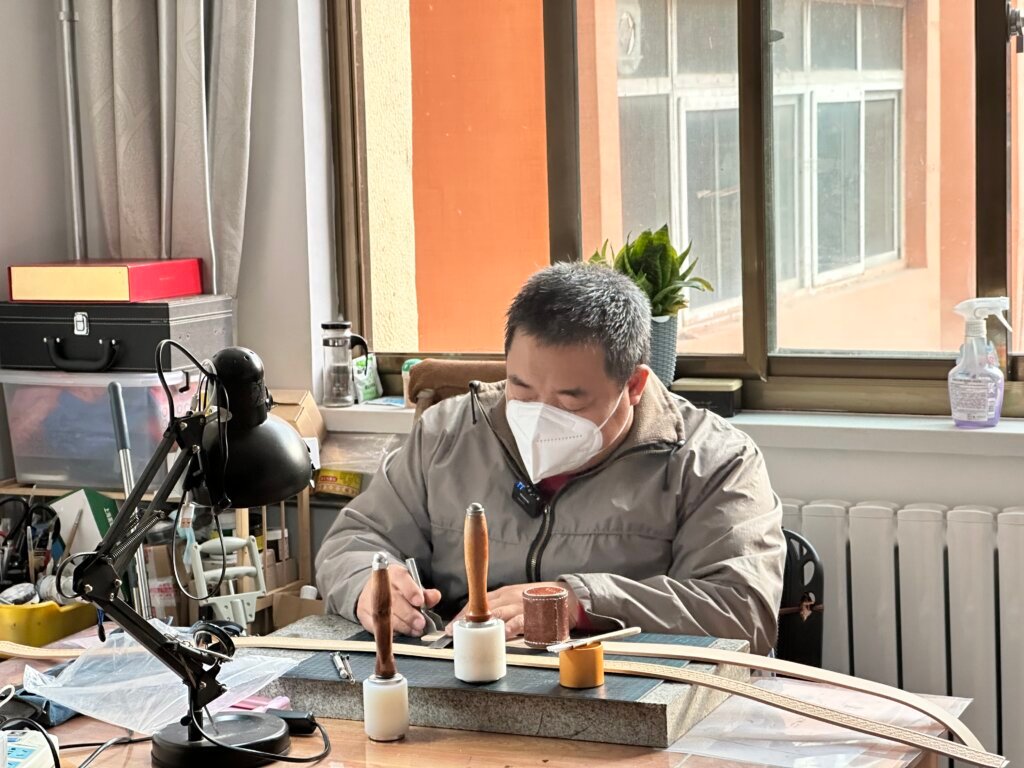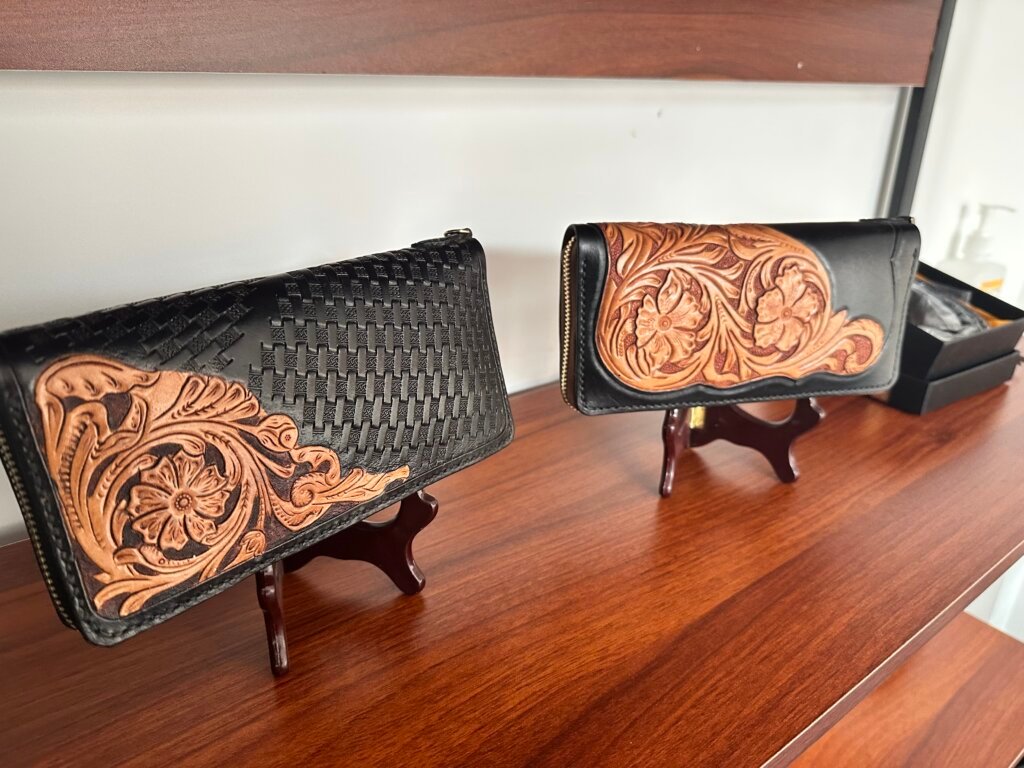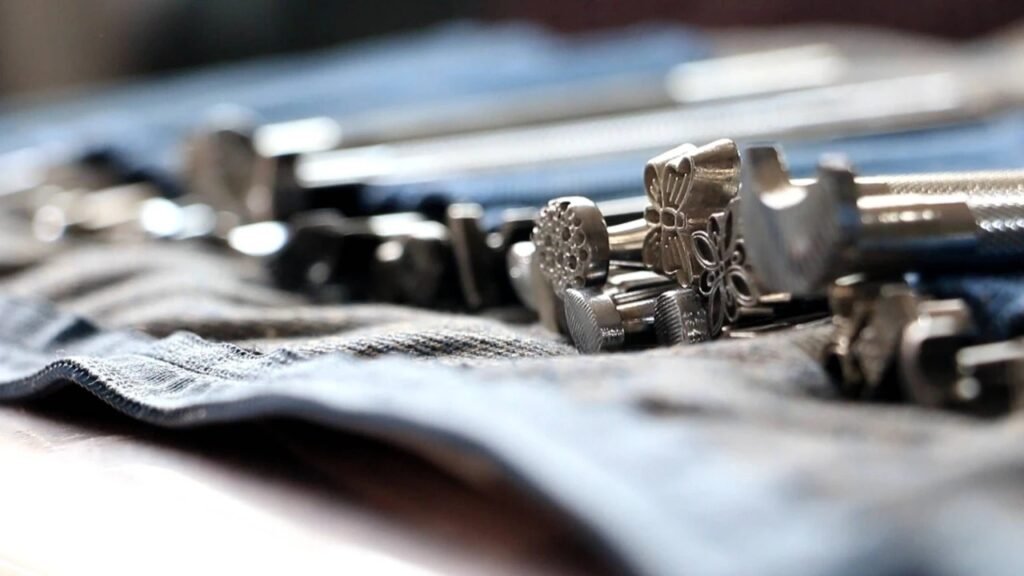Legacy Etched in Leather: The Artistry of Liu Xiaohui
In Yinchuan, Ningxia, Liu Xiaohui – an inheritor of intangible cultural heritage leather carving – has rewritten destiny with his carving knives. Despite losing his ability to walk from polio in childhood, he mastered leather artistry through sheer perseverance since 2012, adapting tools and inventing disability-friendly techniques to recreate Northwest China’s cultural symbols: Xixia grotto motifs, Helan Mountain petroglyphs, and desert caravan legends.
Breaking Barriers, Carving Hope
Liu’s workshop now serves as a vocational hub for disabled artisans, training over 30 students with five launching independent businesses. His Silk Road Caravan Shadows series – crafted from Hetao sheepskin and fusing Persian patterns with Xixia totems – was featured in the 2021 Yellow River Intangible Cultural Heritage Exhibition. In 2023, his innovative leather-carved thangka works entered the collection of Ningxia Disabled Persons’ Welfare Foundation.


18 Steps to Immortality
According to records from Yinchuan’s Intangible Cultural Heritage Protection Center, Liu Xiaohui adheres to traditional vegetable-tanned leather craftsmanship. Each piece undergoes 18 meticulous steps, from hide selection, hydration, and carving to dyeing. His most intricate work, Helan Mountain Petroglyph Panorama, required 11 months to complete. With his chiseling tools, this one-handed artisan engraves not just patterns into leather, but also carves a pioneering path for disabled individuals in heritage preservation and employment innovation.
Cultural DNA in Leather
In a 300-square-foot studio nestled within Yinchuan’s aging alleys, sunlight slants through weathered lattice windows onto leather where Liu Xiaohui’s chisels resurrect celestial dancers from Xixia grottoes. Each凿痕 bears dual imprints: gritty textures mirroring the Tengger Desert winds that shaped Northwest China, and the bold strokes of Helan Mountain’s ancient petroglyphs. Here, a disabled artisan transmutes physical limitations into cultural resurrection, reforging the dignity of frontier craftsmanship through leather’s tactile memory.

As chisels glide across cowhide etched with Tangut hunting scenes – from the chiwen roof totems of Xixia imperial tombs to the raft patterns of Yellow River crossings – each of the thirty-six thousand hammer strikes becomes a genetic sequencer. In this rhythmic archaeology, the artisan who defies fate’s blueprint is reassembling Northwest China’s fragmented leather-carving heritage. When tung oil baptizes the leather, awakening an amber glow in its textured valleys, those undulating grooves channel the same primordial energy that has pulsed through Helan Mountain’s petroglyphs for millennia – where prehistoric artists’ chisel marks still vibrate with undiminished wildness.